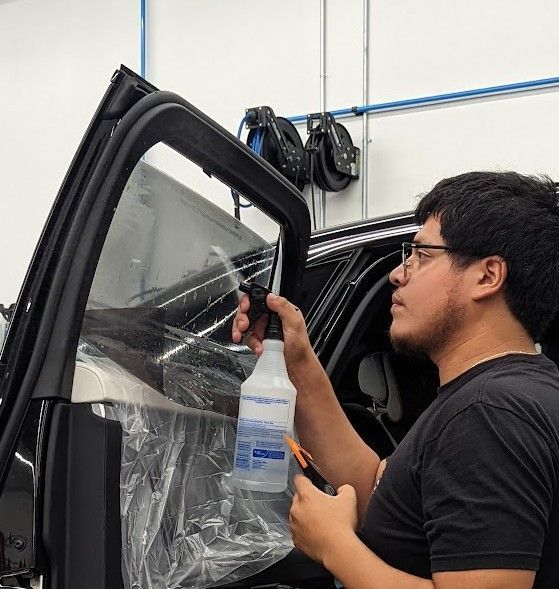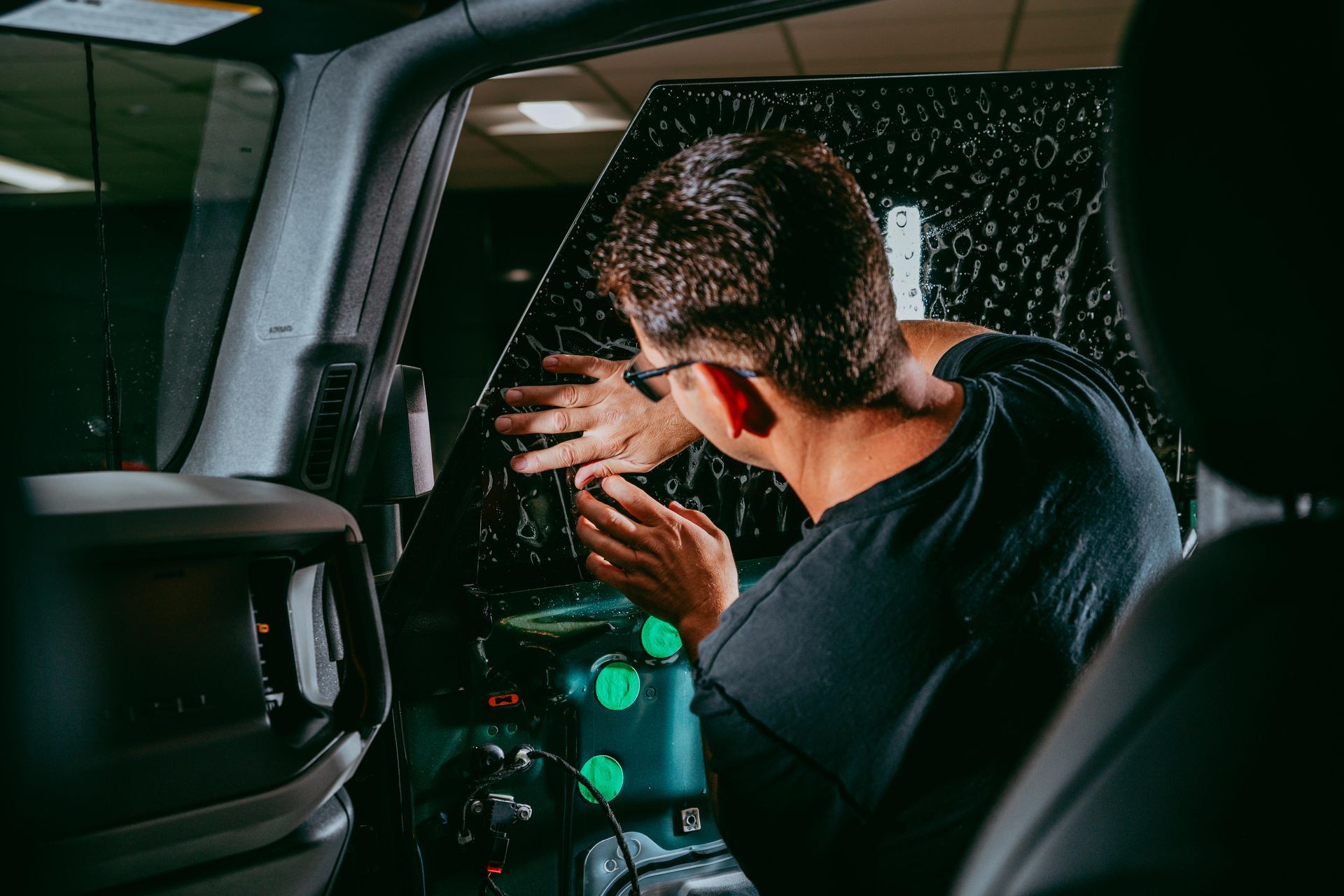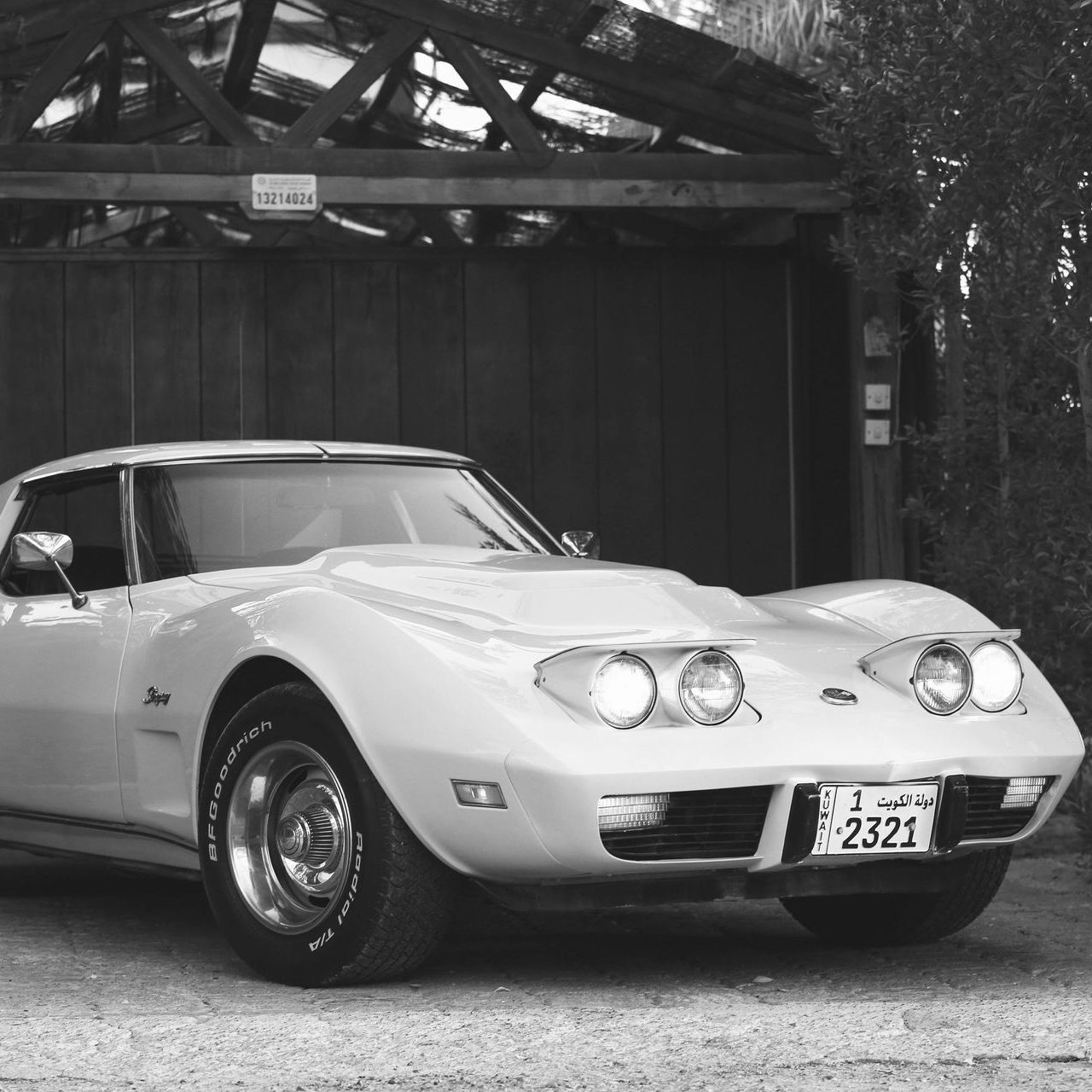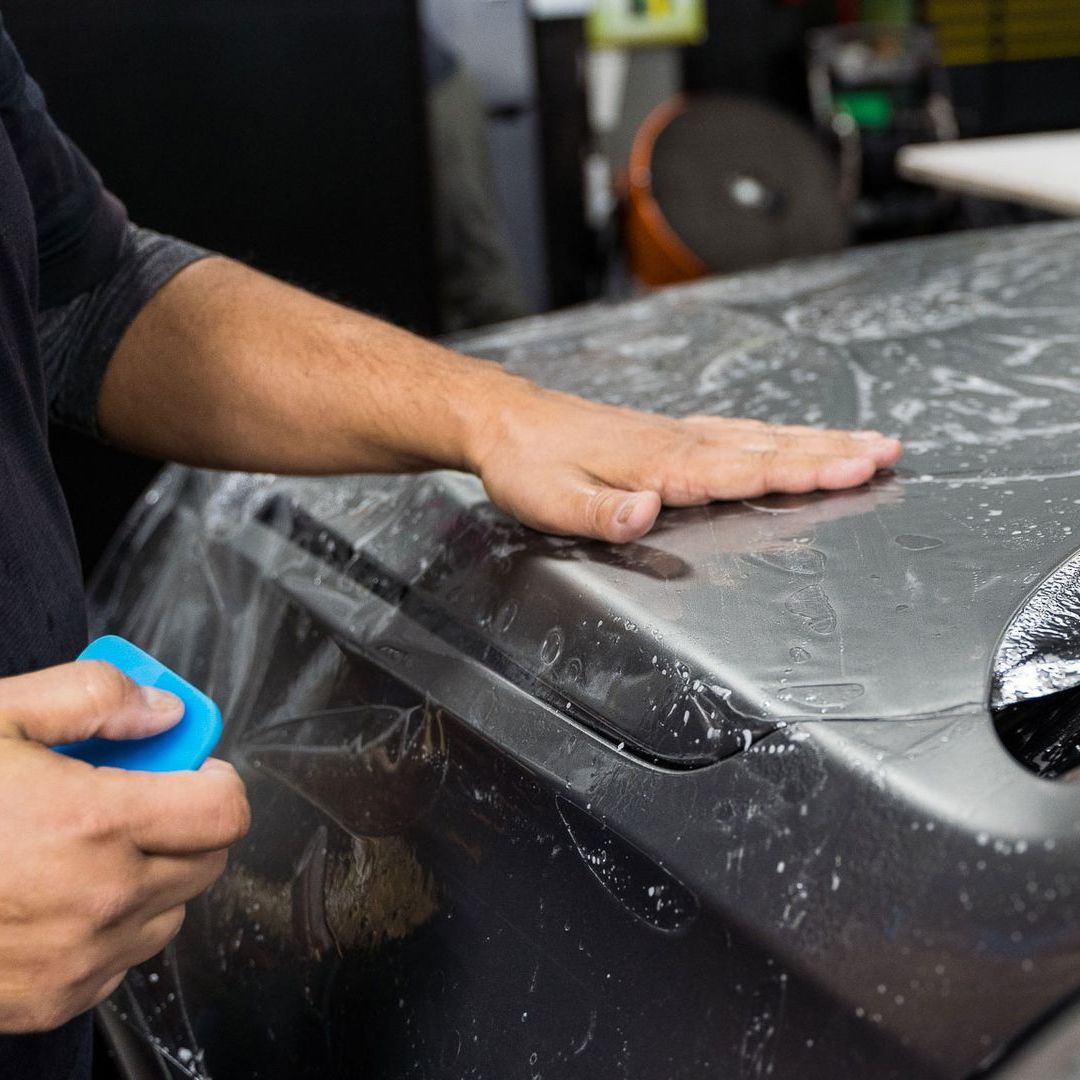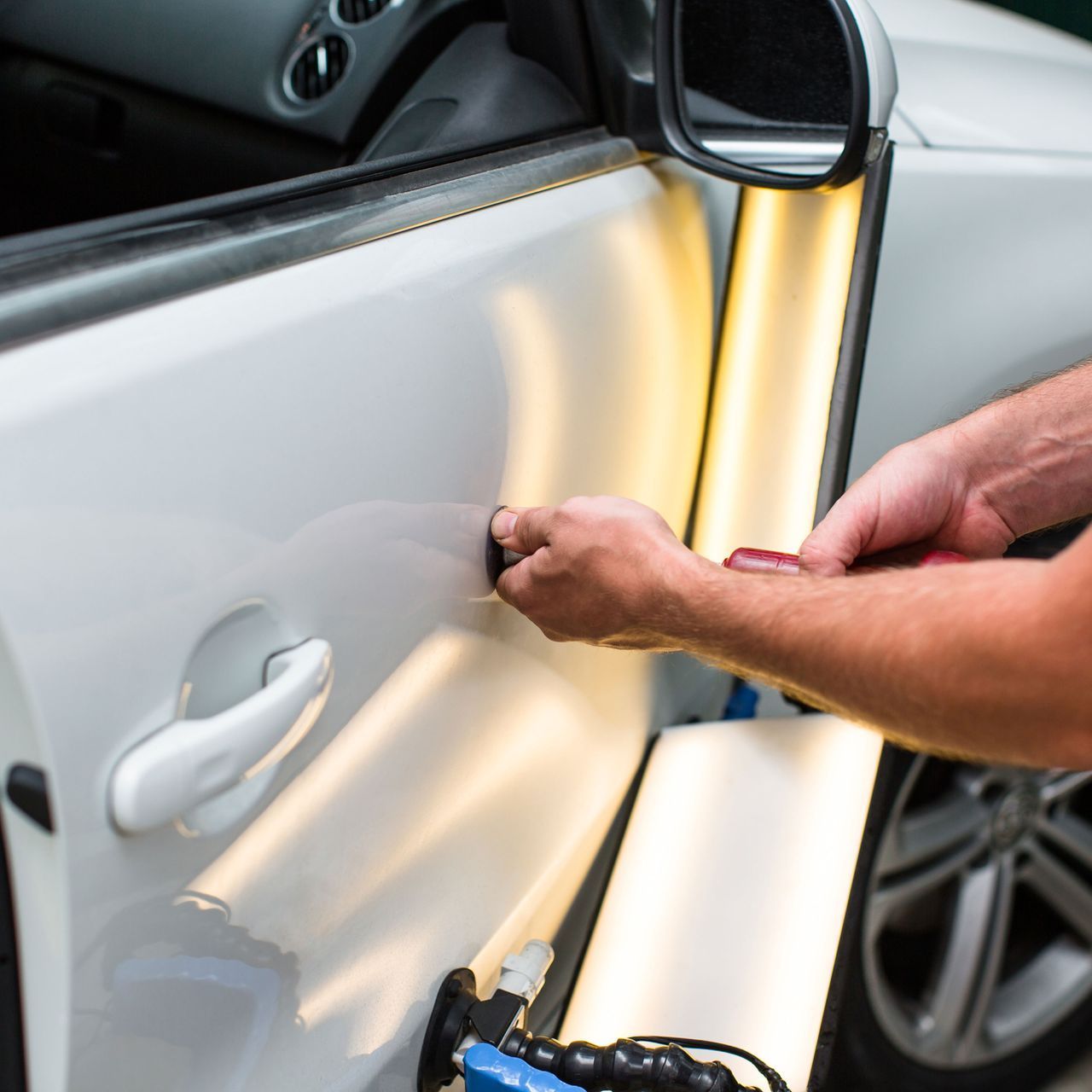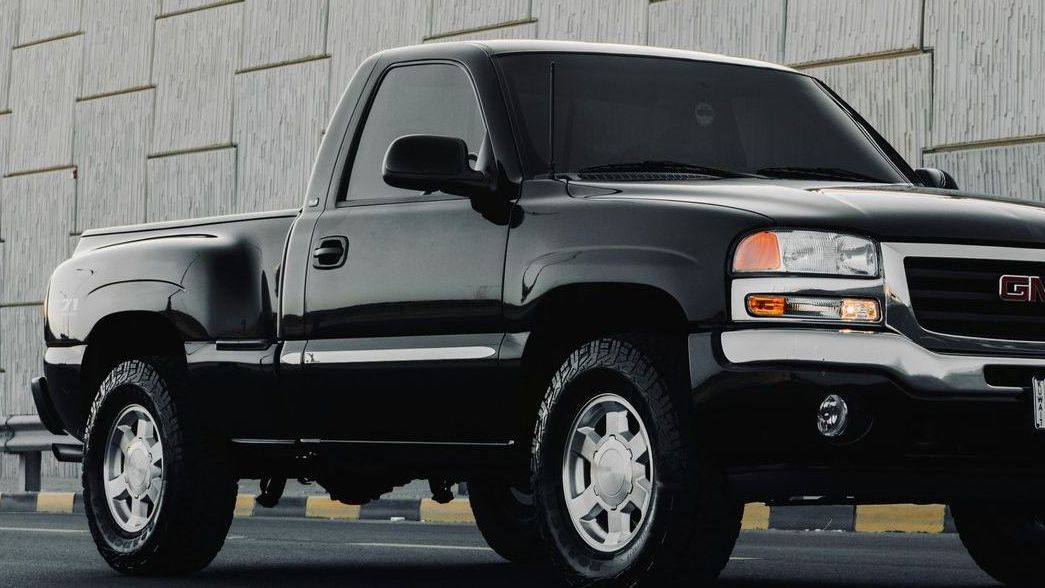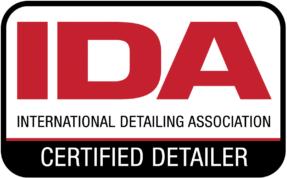Fall Detailing: Preparing Your Car for Harsh Winter Weather
As fall settles in and temperatures start to drop, it’s time to prepare your vehicle for the challenges that winter weather brings. Snow, ice, road salt, and freezing temperatures can take a toll on your car, causing everything from paint damage to rust and corrosion. To avoid costly repairs and keep your vehicle looking its best, fall detailing is a critical part of car winter preparation.
A thorough fall detailing not only enhances your car's appearance but also adds layers of protection to ensure your vehicle is ready for the harsh months ahead. In this guide, we’ll cover why fall detailing is essential, the steps involved, and how it provides vehicle protection to maintain your car’s longevity through winter.
Why Fall Detailing is Essential for Winter Preparation
Winter brings a variety of challenges for your car’s exterior and interior. Road salt, slush, and grime can damage your paint and undercarriage, while snow and moisture can wreak havoc on your interior. Without proper preparation, these winter elements can accelerate wear and tear on your vehicle.
A comprehensive fall detailing service prepares your car for winter by deep-cleaning, decontaminating, and applying protective layers that defend against salt, snow, and other environmental hazards. By detailing your car before winter hits, you’re taking a proactive step to preserve its value and keep it in top condition throughout the colder months.
Key Benefits of Fall Detailing:
- Protects your paint from salt and ice
- Prevents rust and corrosion on your undercarriage
- Keeps your interior clean and protected from mud and moisture
- Helps maintain visibility with clean windows and lights
- Prepares your car for easier maintenance during winter
1. Thorough Exterior Wash and Decontamination
The first step in any fall detailing process is a deep exterior wash. After months of summer driving, your vehicle is likely covered in dirt, road grime, and bug residue. A detailed exterior wash removes these contaminants, giving your vehicle a clean slate before winter.
The next step is decontamination, where specialized products like iron removers or clay bars are used to remove embedded contaminants from your car's paint. This process ensures your car is free from harmful particles that can degrade the paint over time, leaving the surface smooth and ready for protection.
Why Decontamination Matters:
- Removes summer grime and environmental contaminants
- Prepares the surface for wax or coating application
- Ensures your vehicle is fully clean before winter begins
2. Paint Protection: Wax or Ceramic Coating
Once your car’s exterior is clean, applying a protective layer is essential for vehicle protection during winter. Both wax and ceramic coatings provide a shield against road salt, snow, and harsh weather conditions, preventing damage to your car’s paint.
- Wax: Applying a layer of high-quality wax is a great way to protect your car’s exterior. Wax acts as a barrier that helps prevent contaminants from sticking to your paint and makes cleaning easier throughout the winter.
- Ceramic Coating: For a longer-lasting and more durable solution, consider a ceramic coating. Ceramic coatings offer superior protection against winter elements and provide a hydrophobic surface that repels water, dirt, and road salt for months—or even years—with minimal upkeep.
Paint Protection Benefits:
- Shields your paint from road salt and winter debris
- Helps prevent rust and corrosion
- Adds a high-gloss finish that enhances your car's appearance
3. Undercarriage Cleaning and Protection
The undercarriage of your vehicle is particularly vulnerable to the effects of winter weather. Road salt and moisture can accumulate, leading to rust and corrosion, especially in areas that aren’t immediately visible.
A proper fall detailing service includes a thorough undercarriage cleaning to remove dirt and grime. Afterward, applying an undercarriage protective coating will help shield your vehicle from the harsh effects of road salt and winter debris, preventing rust and extending the life of your car’s components.
Why Undercarriage Protection is Essential:
- Protects vulnerable areas from salt and moisture
- Helps prevent long-term rust and corrosion damage
- Ensures your vehicle's structural integrity through winter
4. Interior Detailing for Winter Weather
Winter can be rough on your car’s interior, with moisture, mud, and road salt making their way inside on boots and clothing. Fall detailing ensures your interior is clean, fresh, and protected before the weather turns.
A professional interior detailing service includes vacuuming, upholstery cleaning, and treatment of leather or fabric seats to prevent cracking and wear. Additionally, replacing your regular floor mats with heavy-duty, all-weather mats can help keep snow, salt, and dirt from damaging your carpets.
Interior Detailing Benefits:
- Keeps your interior clean and protected from winter elements
- Prevents moisture damage and reduces wear on upholstery
- Enhances comfort and maintains a fresh-smelling cabin
5. Tire and Wheel Care
Your tires and wheels are the first to come into contact with the harsh winter conditions on the road, making tire and wheel care a vital part of fall detailing. Cleaning your wheels thoroughly helps remove built-up brake dust, dirt, and grime from the summer months, preventing corrosion.
Consider applying a wheel sealant to protect your wheels from road salt and winter debris. For your tires, applying a tire shine or conditioner helps prevent cracking and keeps the rubber hydrated through the cold weather. Additionally, if you plan to switch to winter tires, fall is the perfect time to make the change.
Why Tire and Wheel Care is Important:
- Protects your wheels from corrosion caused by salt and debris
- Keeps your tires in top condition during the winter months
- Ensures better traction and safety in snowy or icy conditions
6. Window and Headlight Cleaning and Protection
Clear visibility is crucial during winter when driving conditions can become hazardous. Fall detailing should include cleaning and treating your windows and headlights to enhance visibility.
- Headlight Restoration: Over time, headlights can become foggy or yellowed, reducing their brightness. Restoring your headlights ensures they shine brightly, improving visibility during dark, snowy winter drives.
- Window Treatment: Applying a hydrophobic treatment to your windshield and windows helps water, snow, and ice bead off more easily, giving you a clearer view of the road and reducing the need for constant wiper use.
Visibility Benefits of Headlight and Window Treatments:
- Enhances visibility during winter storms and at night
- Prevents ice and snow buildup on your windshield
- Improves headlight brightness for safer driving
7. Glass Coatings for Windshield and Windows
A final but highly effective step in fall detailing is applying a hydrophobic glass coating to your vehicle’s windshield and windows. This invisible coating repels water, snow, and ice, improving visibility and making it easier to clear snow and ice during winter storms.
Glass Coating Benefits:
- Repels water and prevents snow buildup
- Makes ice and snow removal easier
- Improves visibility during heavy rain or snowstorms
Book Your Fall Detailing Package Before Winter Hits!
Winter is just around the corner, but there’s still time to protect your vehicle from the elements. By investing in fall detailing, you can ensure your car is ready to handle the challenges of snow, salt, and freezing temperatures while looking its best.
At PRESTIGE DETAIL, we offer comprehensive fall detailing packages designed to protect your car’s exterior and interior, keeping it in top shape through the winter months. Book your fall detailing package today and give your vehicle the care it needs before winter hits!



